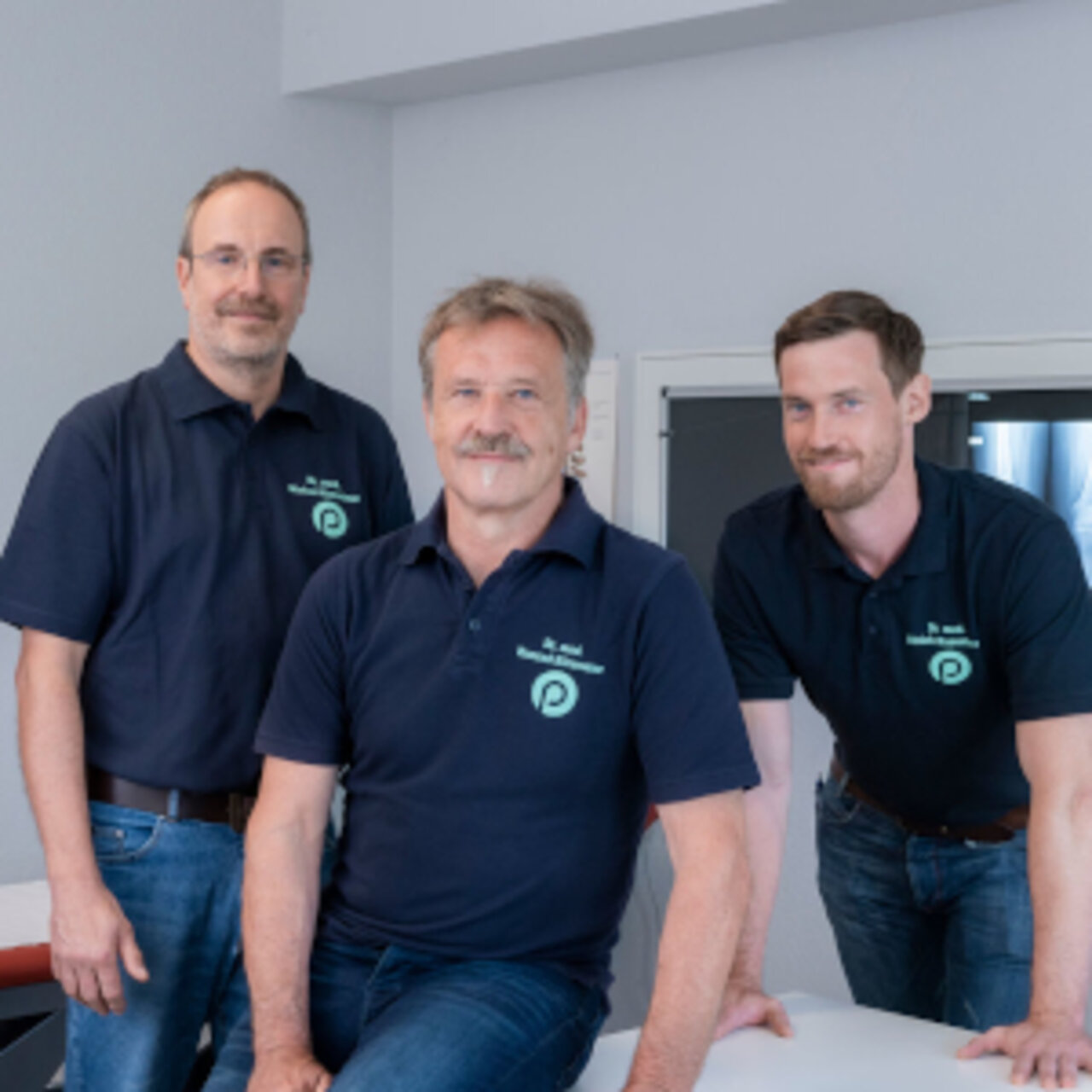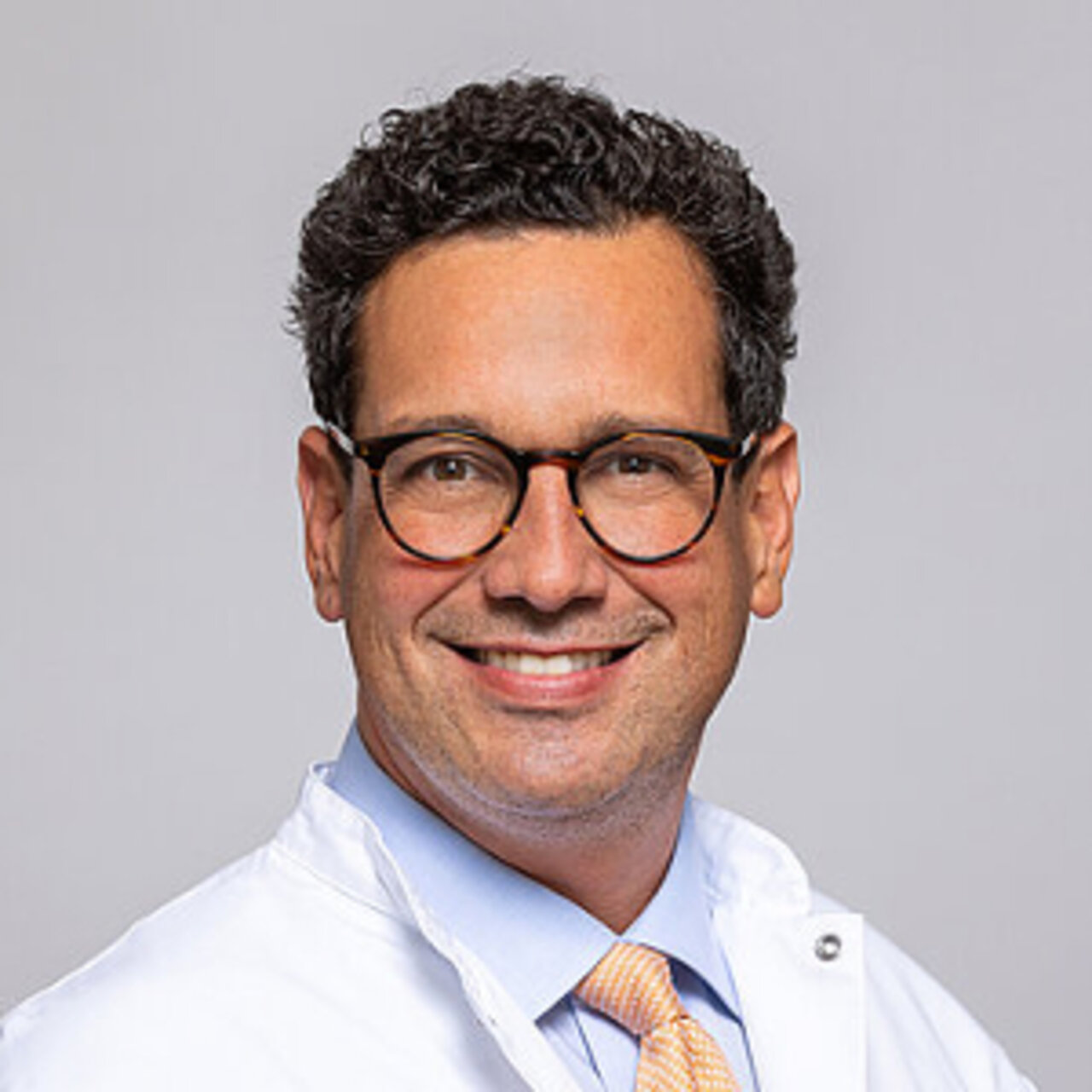Specialists in Knee surgery
15 Specialists found
Information About the Field of Knee surgery
Indications for knee surgery
There are various reasons to undergo knee surgery. Traumatic incidents such as injuries or natural wearing of the knee joints and related structures are the most common reasons. This can include implantations, transplantations or corrections of the knee.
Frequent knee operations
The artificial knee joint
Nowadays, implanting an artificial knee joint ranks among the routine procedures. It can be performed under spinal or general anesthesia.
Prior to knee surgery, certain precautions need to be taken. They include patient education and counseling sessions, as well as imaging studies such as CT scans, MRIs and X-rays for advanced assessment. Patients can also attend courses in advance to help them recover more quickly after surgery. This applies in particular to overweight patients, who are advised to follow certain a diet plan beforehand.
Basically, a knee prosthesis can be implanted conventionally or minimally invasively. The conventional method involves a complete opening of the knee through a skin incision. After splitting the extensor muscle and flipping it to the side, the knee joint can be viewed. The defective ligaments as well as worn segments are removed and the bone is prepared for implantation. After this, a trial fitting of the prosthesis is done in order to check and adjust joint mobility and fit. Once everything is in order, the prosthesis is definitely placed and assessed once more. Cement may or may not be used for the fitting. Afterwards, the wound is closed and the surgery, which lasts one to two hours, is finished.
Excess force onto the knee joint may result in loosening of the prosthesis, making the knee joint feel unstable and the patient's leg may hurt and rotate abnormally. If left untreated, prosthetic loosening can lead to bone damage and pain. If prosthetic loosening occurs, patients will need to undergo a replacement of the prosthesis as part of a revision procedure.
Cartilage transplantation
Joint cartilage offers a unique feature: in contrast to cartilage found elsewhere in the body, joint cartilage is unable to regenerate. In other words, once it's lost, articular cartilage doesn't rebuild itself. Within the knee joint, cartilage functions as a lubricating and cushioning surface for the articulating condyles of the thigh and lower leg. Cartilage can wear off after sustaining injuries, overuse or simply with age: as a result, the knee joint hurts and its movement may be limited.
In such cases, a cartilage cell transplant may benefit the patient. This involves extracting healthy cartilage tissue from the patient's own body and cultivating it in the laboratory. The extraction process takes around 30 minutes and is carried out in a minimally invasive way via arthroscopy. After the cartilage cells have proliferated by substituting special growth factors, they are also arthroscopically grafted onto the defective cartilage area. It may take approximately one year for the new cartilage to become firm. During this period, patients should refrain from extreme sports, although exercise such as cycling and swimming is recommended as this stimulates the blood flow.
Knee arthroscopy
In the past, open surgery involving skin and muscle incisions dominated, but nowadays, also knee arthroscopy is performed using keyhole principles. Arthroscopy of the knee should always prevail over open surgery as it can reduce complications and is more convenient for patients. In addition, entry sites for germs are minimized, the surgery duration is shortened and the results are more aesthetically pleasing. During arthroscopy, the surgeon introduces small instruments equipped with a camera into the joint, which allows for a variety of operations. Cartilage damage can be repaired, as well as the cruciate ligament and meniscus, and also tissue can be resected. The camera also allows the surgeon to perform diagnostic procedures and examine the damage more accurately.
Cruciate ligament surgery
Depending on its severity, a torn cruciate ligament belongs to the most serious injuries of the knee joint. The surgery is usually performed either immediately after the injury (2 days later at most) or after up to six weeks, to make sure swelling and inflammation have decreased, which depends on the extent of the damage to structures. Reconstruction of a cruciate ligament is achieved by utilizing the patient's own tendons: Most commonly, the gracilis tendon or the semitendinosus tendon running along the back of the thigh are used, but patellar and quadriceps tendons are also available. The substitute tendons only different anchor points, their stability, however, matches that of the cruciate ligament. Under normal circumstances, also cruciate ligament reconstruction can be performed by arthroscopy.
Meniscus surgery
Injuries of the meniscus, such as tears, may also be treated arthroscopically. The ruptured portions can be sutured back together or can be partially resected, although suturing is preferred in younger patients to allow them to bear weight for a longer period of time. In general, the more blood is supplied to the meniscus, the higher the chances of its recovery. If part of the meniscus has to be resected, however, the surgeon aims to remove as little as possible, because meniscus resections have the potential to promote osteoarthritis later on. If healthy cartilage tissue remains, the cruciate ligaments are stable and a normal leg axes is present (no bow legs or knock knees), replacement of the meniscus can be considered.
Complications after knee surgery
There is a difference between specific complications, which can only affect the knee joint and it adjacent tissues and general risks including thrombosis, infections, bleeding and damage to blood vessels and nerves. Also, anesthesia can lead to nausea, dizziness or heart arrhythmia. Patients have to be informed about all of the specific as well as general risks and associated complications in advance.
Recovery time after knee surgery
It is possible to predict the process of healing to a certain extent, according to the degree of prior joint damage. Cruciate ligament rupture is considered the most severe injury. Mild exercises can be performed weeks after surgery, but full weight-bearing activities should not be carried out any time before six months have passed after the surgery.
After meniscus surgery with partial resection of the meniscus, the knee can be subjected to full weight already after one week, while this may take weeks after meniscus suturing. In the case of cartilage surgery, recovery time is based on the level of damage, although on average it takes weeks to months. During follow-up care, physiotherapy and rehabilitation exercises play an important role, as they promote optimal re-integration of the knee joint into daily movements.
Which experts and clinics specialize in knee operations?
If you're in need of a knee surgery, you expect the best medical care possible. So of course patients are curious to find out what clinic to go to.
As there is no objective way to answer this question and a legitimate doctor would never claim to be the best, patients must rely on a doctor's experience. The more knee surgeries a doctor has completed, the higher the degree of experience in the respective area of expertise.
Let us help you find an expert for your condition. All listed doctors and clinics have been reviewed by us for their outstanding specialization in the field of knee operations and are looking forward to your inquiry or wish for treatment.
Therefore, orthopedic doctors with a surgical focus are experts for knee operations. Through their experience and long-term activity as orthopedic knee surgeons, they are your optimal contact person when it comes to knee operations.














